
A few months ago this subject has brought up some fuss. Someone said everyone can turn their hobby into a job, someone else replied that it takes a lot to do so, and you shouldn’t feel pressured to turn something you like into a stressing job, that everyone can do it, but it’s not the best thing for everyone.
They’re both true. You can make it, but it’s not going to be fun all the time. In most cases it will take away some of the joy of making, and add pressure and stress.
And you should try to keep in consideration that a huge part of those trying, fail. Why so many?
Though I believe what I do is art, I have always considered it a bit of a stretch to say I live of it. It is my full time job, I am the owner of a small niche business, but I still have my husband supporting me. It has turned into a proper business not long ago. Why should I be entitled to write about this when many already said so much.
Because sometimes get asked how to get where I am, and I remember asking myself if I had what it takes. The world is filled of people failing at this, so much that parents still try to discourage kids to study arts.
There are also other blog posts about this (Cathy Hay has a very useful website and youtube channel with lot of friendly and insightful motivation, coated with enthusiasm and positivity, and what follows will be somewhat not as nice to hear), and I don’t have all the answers, the magic recipe to make it work for everyone in a pocket. This is just my perosnal point of view, and me trying to be helpful, even if it my harsh way of being brutally honest.
Being an artist and living of your art are two different things. Entirely.
I know a huge number of artists who don’t live of their art, and they’re not less artists because of that. I also know people earning their living thanks to things they make, though I would not call them artists. I know artists that would love to work of their art, but can’t make it, and people less artistically deserving having a much easier work life.
I will talk to you as I talked to some of them, to someone I care for, and I’ve been tough because we don’t live in a Disney world, where talent is enough to make dreams come true. They made you believe it, especially who has made it, but it’s not that simple.
The point is that making something very good doesn’t mean being able to turn it into money. They will say that your things are good enough to live of it, but most of them won’t know what they’re talking about, and even if making something good can ease your way, it’s not even that necessary, in many cases. There’s a lot of talented people pointing out less talented guys having more success than they have. They might be talented, but those others have a wider set of abilities, to makes it possible. Being unable to sell your art or deal with customers will prevent you from living of your art, even if you’re Leonardo Da Vinci.
Being an artisan is a complex thing. You need to have nice ideas, you need to be able to execute them in acceptable quality (not perfect, good enough for people to be willing to pay what you ask for, and that’s a different and huge chapter), you need to be able to promote them, sell them, handle the customer and do the math. And you need to be hard enough to endure the pressure, the anxiety and the responsability. So you need to have a strong and supporting family and friend group, because your colleagues probably won’t be of any support, in most cases. Art environments are full of moody primadonnas. Few of them even manage to excell, though success usually finds other types of people.
All the collodion photography- ambrotypes and tintypes- in this post is done by my favourite alchemist: Dennis Ziliotto.


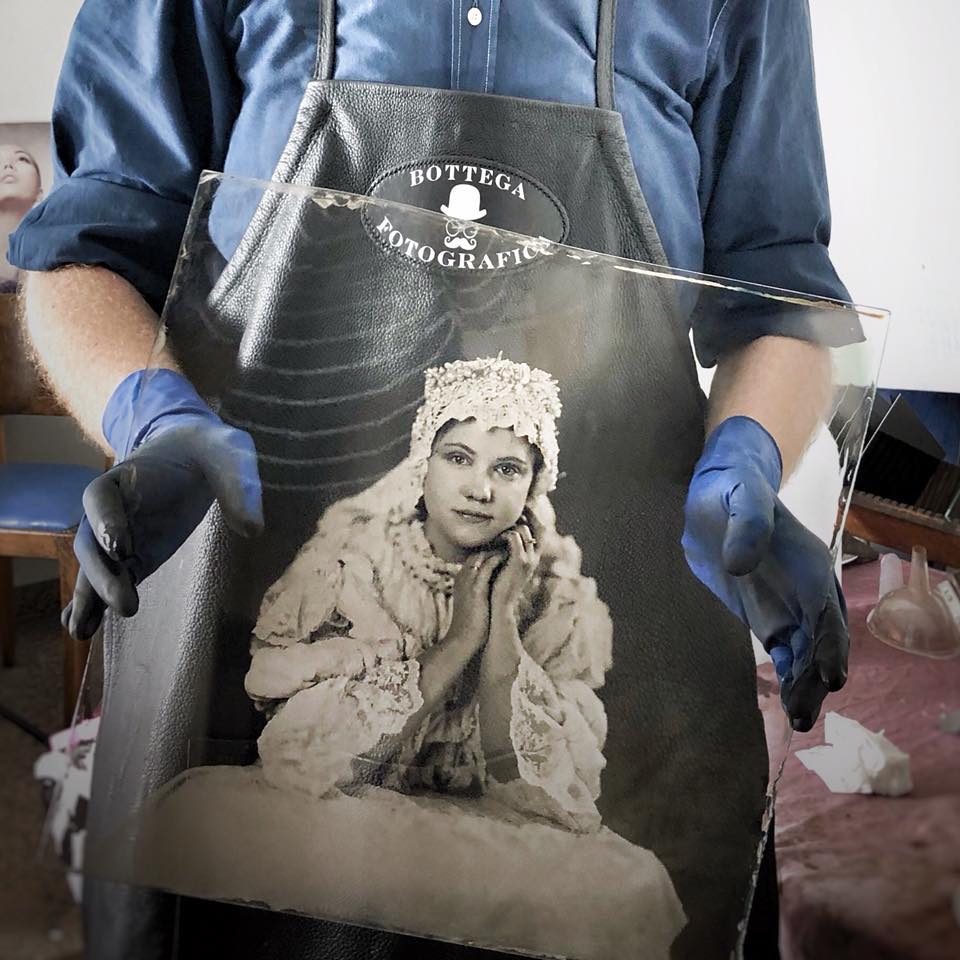
So to succeed in this you need to be six people: an artist, a craftsman, a publicist, a seller, a PR and an accountant. Or to pay someone to be some of them for you. Beginners can’t afford this, and that’s why many get cut out.
You think the first two are enough to make it, and all of the world keeps telling you that if you want it hard enough, you can do it. Why then so many would fail, if having the first two was enough?
I can count at least five people among my acquaintances, trying to make a living out of their art, and I know they won’t go very far, unless they change something. You know many of them too, I am sure: artists with great ideas, and yet no one has ever heard of, or crafters able to make amazing stuff, and yet unable to find someone willing to pay for it. Or people unable to work under pressure, to meet deadlines and such.
It’s like making a mojito: you need rhum, lime, mint, sugar, ice, seltz and whatever. You can vary the quantities to your taste, to some point. But if you do not have the rhum or the lime, or the mint, you can’t end up with a mojito.
As basic as it is: money moves our world. You need money to live. To make money you have to offer something people are willing to pay for. If you want a business, you need to engrave in your mind that money is created when you can supply something there’s a demand for. Making something there’s no demand for doesn’t generate money. And when you’re working in a niche, such as art, you need to cultivate the demand.
You can make the best thing in the world, but if people don’t know you do or can’t see it’s the best, they won’t be willing to give you any of their sweat-paid money.
So you need to reach people interested in your work. And offering a nice product is not enough. People won’t buy what they don’t know exists. You need to create the material to promote your product(photo, videos), so that it matches what your audience is looking for, and you need to address it correctly. Using Facebook or Instagram advertisement without focus is just a waste of money. You need to know who your buyer is, how he thinks.
And he has to know your work is good enough for the money you ask, for his money. The customer’s money is his time spent doing something he might not love much instead of enjoying a day at home, it might be time spent with colleagues and bosses making his life miserable and your work might be just the thing that makes him happy, the treat he needs to go on enduring that. That money has been earned with sacrifice and effort. You don’t have to have respect money by itself, but you have to respect the time they give away to earn it. Once you understand that money is essentially time, and that time is the only resource we can’t buy more of, which is why it has value and can be monetised, much more than skill, you start understanding how good things have to look from their point of view, for them to invest in your work. I know to some this sounds easy, but I guarantee you not many understand this. And not seeing eye to eye with your customer in this makes selling much harder, not to say impossible.
And once they see your work, they have to think it’s good, before they buy it.
I know you think your work is good. If you believe you want to start a business, you need to believe in that, really really believe in it, because they will doubt it, they will test this belief. Yet believing your work is good is not yet enough.
You need to educate your audience.
Sometimes I think most people don’t have taste and sense of proportion and beauty. You really have to help them see. You can easily understand this when you look at Wish or Aliexpress reviews, those with pictures. You often see some nice-ish cosplay costume advertised, and then you see people wearing the cheaper version they ship instead. Or people on etsy advertising their work with photos of the originals they hope to replicate, for elite prices, and in some cases the results of their other works are…lacking. Yet the customers are surprisingly very happy, stating it’s the same. They don’t see the lack of fabric, the lack of precision, fit, proportion, quality. To them it’s the same they saw in the listing. Until you change that, your expensive work is not worth their money. If to them yours and the Aliexpress ones are the same, they have the same value, and they will be willing to pay only for the less expensive. They don’t understand what they’re paying more for. You need to educate your customer. That’s why blog posts explaining all the analysis needed and all the work behind things are so helpful. Very few read them, but they’re a nice way to get to people interested in the quality you offer. And makes them trust your knowledge, your process and your work.
You don’t need to educate everyone, to seek the blind and force him to see. Don’t be the annoying guy commenting about wrong things everywhere. That doesn’t make you an authority, it just makes you someone people don’t want to deal with, and that’s bad for business. I know, I am that person, always pointing out wrong things, first with my work (and I’m twice as hard as with others) and then with others. Letting it go and not vomiting bad stuff out all the time takes some serious willpower, but you have to do it, it can be done. No excuses.
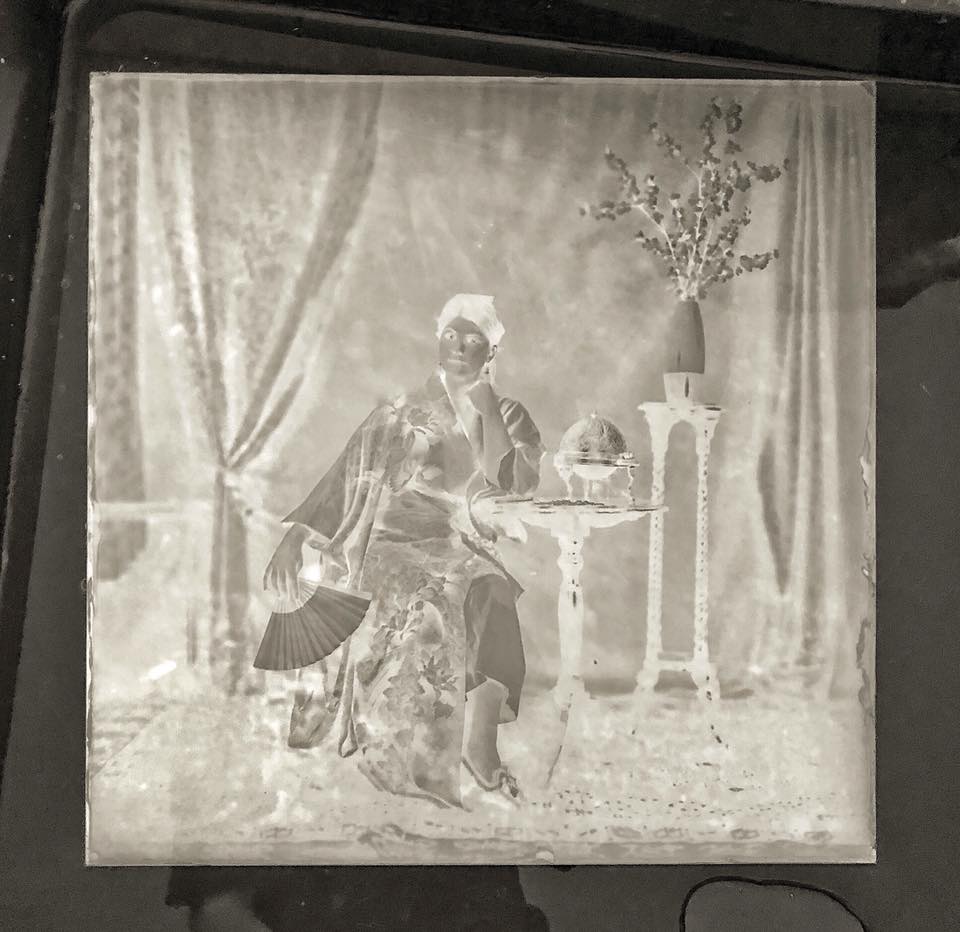

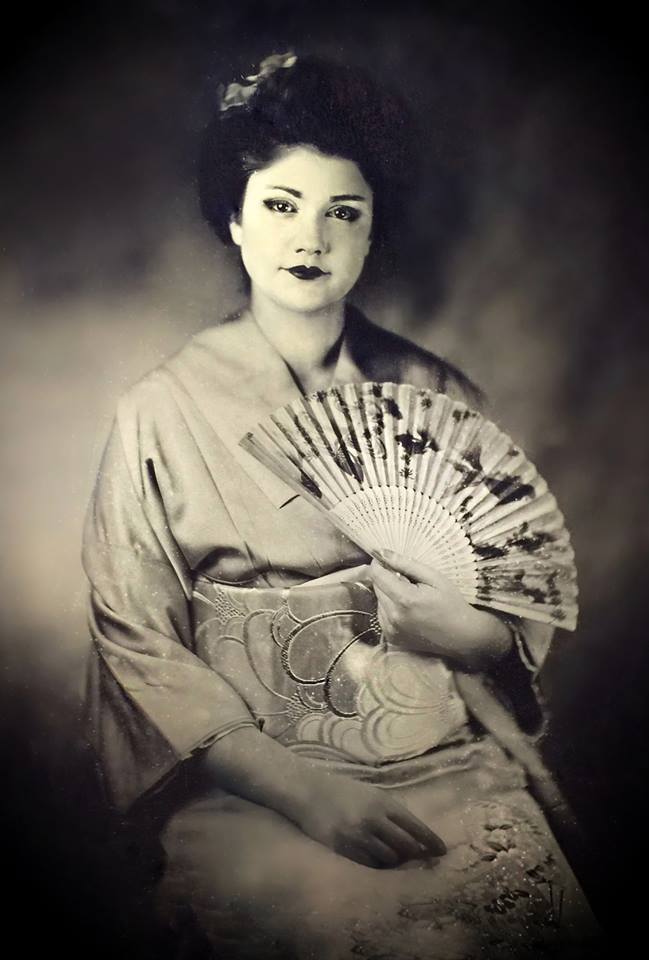

You need to be a PR too. So unless you can coat every bitter pill with enough honey to make people enjoy your negative opinion, just don’t say anything bad. I almost never comment on hopeless cases, because I force myself to compliment before letting out a critique. I found that if I say something nice before and after the politely put critique, they tend to appreciate and listen. Sounds cheesy and cliché, yet it’s as it is.
You need to leave some knowledge and in-depth information here and there, available to those willing to get it. That’s why I keep making these blog posts. Few readers comment, but many customers appreciate knowing what’s behind. Among those reading l found some of the better customers I could ever want, because they know the value my work has for me and the time it takes.
Some can do it, being gentle all the time. And it’s great. I’m still a misanthropist, sometimes bitter, shy young woman, prone to negative feelings when things don’t meet my expectations (we’re all work in progress) and I don’t have in me the innate ability to deal with people resulting pleasant. So I’m learning in the hard way, trying to make the customer esperience more likeable, little by little, trying to understand how can I shape myself into someone others like to deal with. And it’s hard, it’s not myself, but I need to change for my business to grow. I still come out bitter, from time to time, and arrogant. Those who know me well know I am very demanding and hard to please with myself, and those harsh corners I have with others are just me thinking everyone should demand of themselves at least half of what I do. And I have to remember that it’s just me, others are made differently, others are less demanding or demanding in other things, and it’s ok. Just remember that nicer people have an easier way, when it comes to doing business. Not weak, not pushed around, nice.
Being good at what you do will get you to a certain point, but no further. Try to think how you’d like to be treated, and then think you can handle more than some do, so add some extra honey, especially when things go wrong. And they will. The more successful you’ll be, the more negative feedbacks you’ll get, the more sales means the more chances of something going wrong, and sometimes it will seem that your best isn’t enough, that all the bad things are happening at once. And sometimes you’ll do everything right, but you’ll find the wrong person on the other side, and there’ll be nothing you can do to avoid problems. You’ll have to embrace the bad event and consider it part of your experience on this, and not what identifies your work. One bad fruit doesn’t make it a bad farming year. And you need to listen and change if it starts to be more than one or two isolated cases.
You’ll have those days when you can’t unlock your work. You’ll be stuck in a project not turning into what you wanted, or you’ll have swapped project because of that so many times that your workroom will be filled of things going wrong, and you’ll think you won’t be able to make anything flawless.
Nothing is flawless. I know it sounds bad, but it doesn’t need to be perfect: you’re human. I follow so many makers complaining about their imperfect work, and to me it looks pure distilled perfection.
Nothing will ever be perfect. I made my lake gown more than seven times now. Less than five people on this planet will see the difference, if we don’t include who worked at the original.
Let’s say things have to be good enough. If they’re better than just enough, good for you, but you can’t wait to sell until things are perfect, and you need to accept that, as well as keep your self as on top of that “enough” as you can.
It needs to be good enough for the money you ask, and to showcase your love for the project and for what you do. And it has to do the job it was made for, and delivered before deadlines.
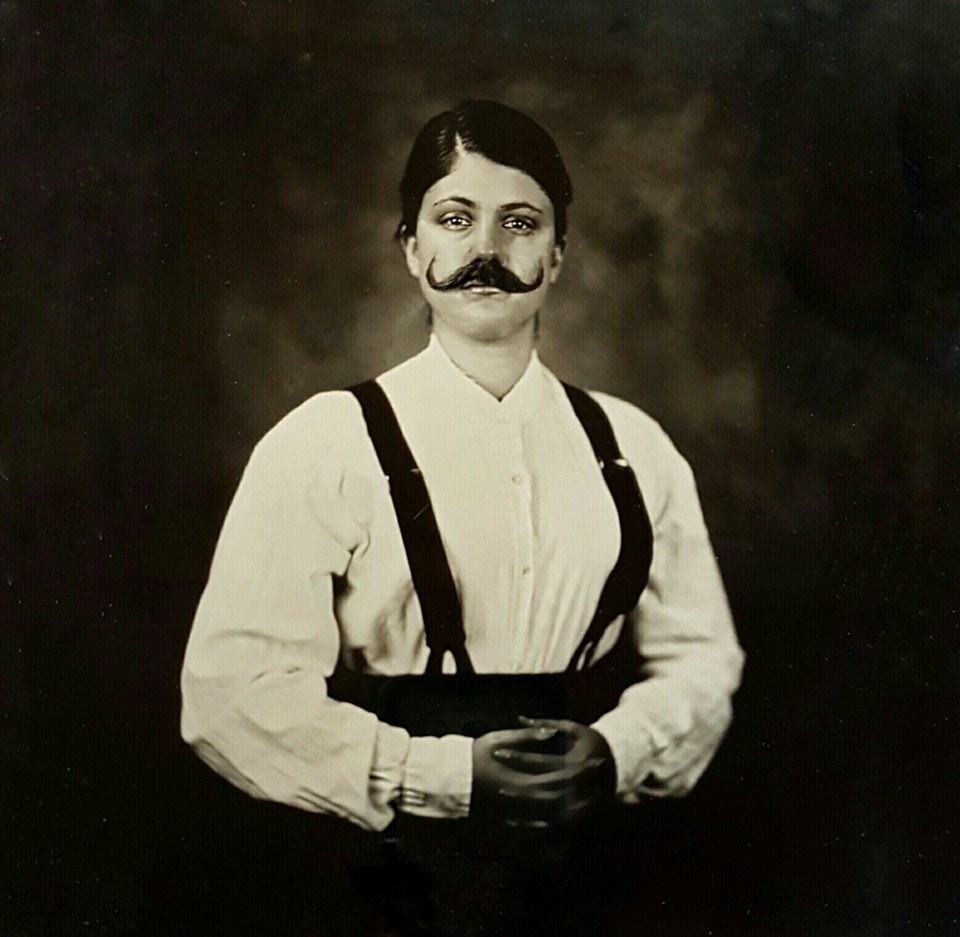
The other watershed is math and organisation. The accountant and the manager’s work. Even if you have an accountant, you have to know how much you earn and spend, have an idea of how to handle the business. At a minimum. The least to keep things in order and legal.
I am a messy person. I keep my projects on the floor, all the fabrics grouped by costume, because if I put them away I forget them. If I make a list, I forget to update it. I have so many things to keep in mind that sometimes I fear I’m leaving something behind. But I know I am like this. So I have developped a series of stratagems to make it work for me. To unlock my creativity and willingness to work, to keep track of all the things I have to do and the deadlines. I know how to be my own manager well enough to make things work. These stratagems are very personal and have much improvement margin. You’d laugh at most of them. But they keep my business alive with what my weakest point is.
And each of the parts discussed above allows me to live of my art, so it’s worth it, to me.
Of my working week one day goes away to program instagram, make pictures and promote my work. Half a day of time to reply to customers (I do it at least once a day) and do video calls. Then there’s scouting for supplies, preparing packages for shipping, fulfill burocracy. I could say I actually make things only three days per week. Only three days or less for the artist and the artisan, five days and a half of a week to turn art into money. And this because I try to keep events and shootings in the weekend. I should consider them work as well, but let’s turn a blind eye.
If you want to make it, you have to fix it, to adjust your stratagems and ways of doing things to have the profiles listed above, to be all of those figures, because if only one of them is not there, you’re on a sinking ship taken away by the tide, and unless you change your route you will join the army of those who didn’t make it.
It’s a hard world, there’s room for more than one at the top, but you need to stay up. To keep up. To keep learning and improving, you need to be sure to have what it takes to be at the right side of the watershed.
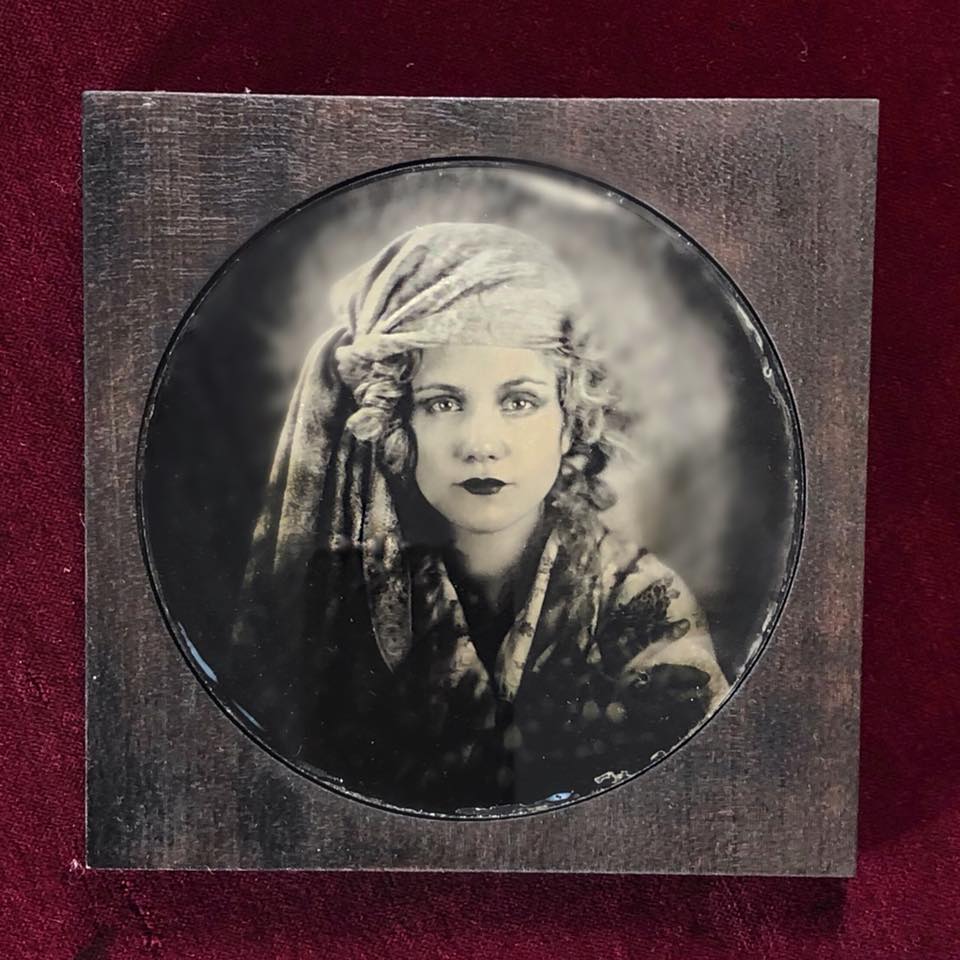
As usual, comments and personal experiences are very welcome!






This article is fantastic. So few people appreciate the work that goes into a handmade garment. I was recently very disappointed when I tried to sell one of my handmade gowns for A VERY affordable amount. Not one person was interested because Amazon has something similar for 1/4 of the price. It’s disheartening.
It’s quite similar when working in the world of “médiation culturelle”. Just having knowledge and the didactic know-how how to get it across is only half of it (unless one has the rare opportunity of a fix-term employment at a museum or organisation): it’s constant PR, constant networking, constant research (nothing is as old as outdated knowledge), “office-days” need to be planned for et& .
And yet, to people on the outside it looks easy-breezy, ask “people pay for that?” – when there are days you basically limp home emptybrained and asking yourself “Why do I do this? Why can’t I just do a simple 8-to-5 job?”
Your analogy of petty drama-queens applies as well, and it still takes a lot of toe-counting and tongue-biting, because the temptation with most “dressed up guides” is really there. As in soo tempting. Though as my mum in law says “if you don’t have anything nice to say, don’t say anything at all.” Or as my gran says “actions speak louder than words.” (Resulted eg that instead of challenging a fellow free-lance guide who insists that in the Baroque-Rokoko people didn’t bathe openly, I offer tours to the towns former bathhouses and bathhouse sites, and let visitors be the judge what works for them.)
Anyway, back to your post: it is spot-on, and I’ve said “Yes!” “That!” “She’s so right!” aloud to my phone throughout the read.
Very insightful post, and makes me more sure than ever that I found the perfect person to work with.
Speaking as a customer, in this era of cheap, mass-produced fast fashion, I agree that many have lost the appreciation of what quality and artistry is for clothing. And it’s not always easy to ‘educate’ them. To them it’s ‘just a costume, dress, etc’ and they don’t care that the fabric, stitching, etc is so very far off. Either they can’t see it, or shrug their shoulders when you point it out. My friends are that way. In truth, I’ve never invested so much on a single dress, but that’s because I’ve never owned a custom piece of art. The cost made perfect sense to me. To be honest, I think there needs to be societal shift in the appreciation of the arts before the majority of ppl value custom designs/garments again. At least in US, ppl now are far more likely to think nothing of dropping 1K on the new iphone, but would be outraged over what a custom gown costs.
And as for the blog posts, I hope you keep making them! I’m a nerdy scientist, but I’m sure I’m not the only customer who appreciates learning about the process. Those posts highlight your level of detail, dedication to accuracy, and the challenges of creating complex pieces. That’s how I originally found you- it was fun to see how you tackled the GOT fur coat.
On a personal note, my mother learned to sew as a child, made her own clothes growing up, and handcrafted every single one of my halloween costumes growing up. Of course, it was a hobby to her, not a profession, but she taught me to appreciate craftsmanship in garments. I have great respect for ppl who can master all the different roles needed to be commercially successful living off their art.